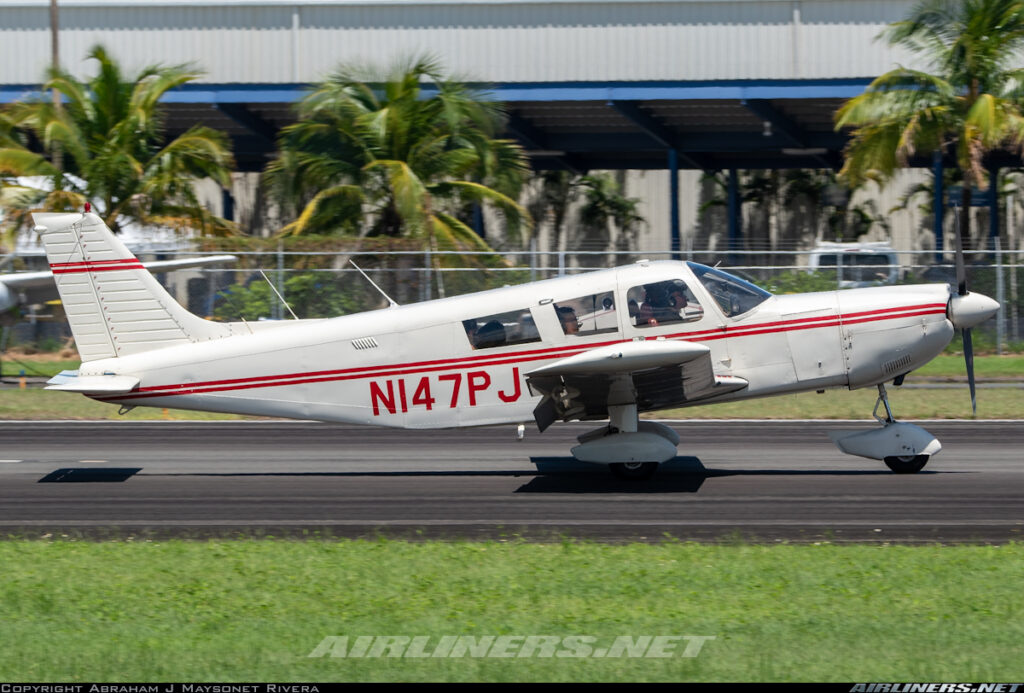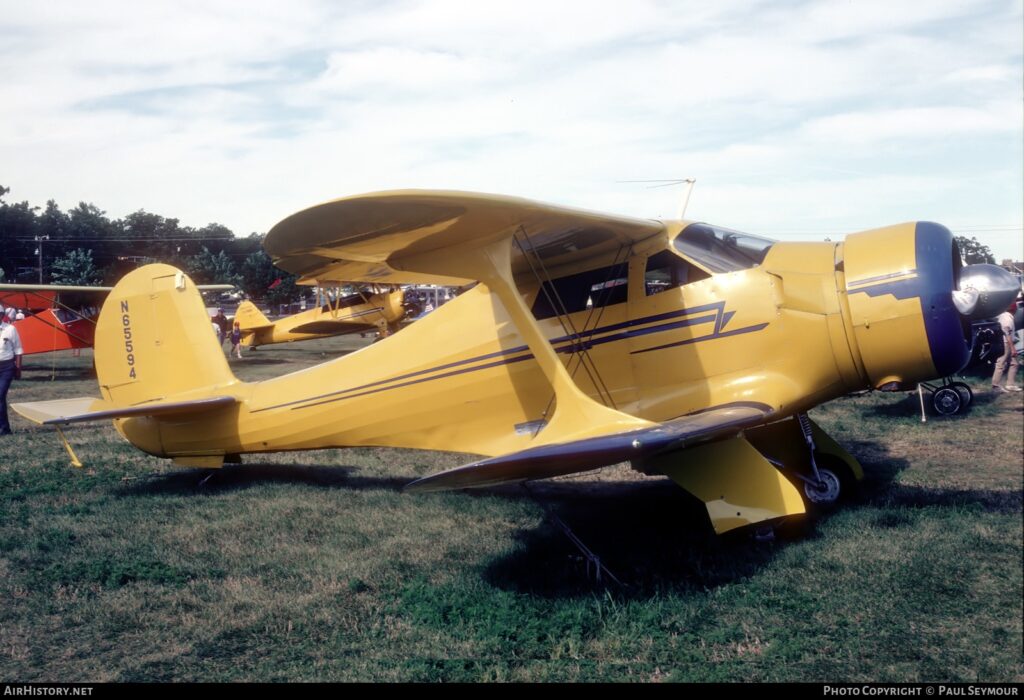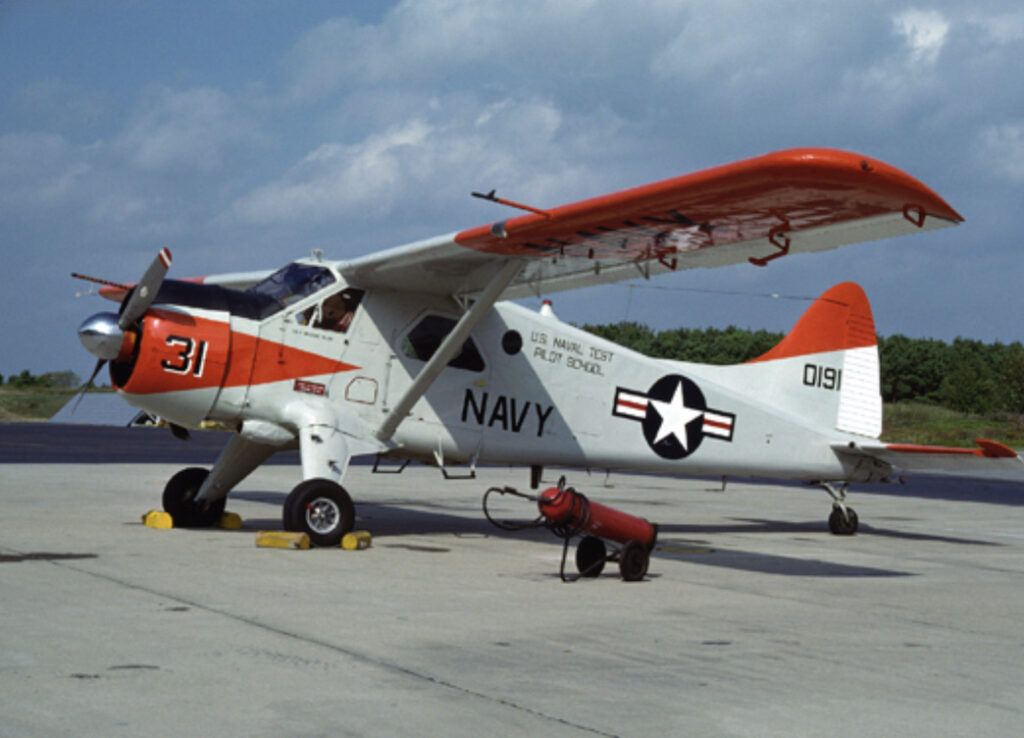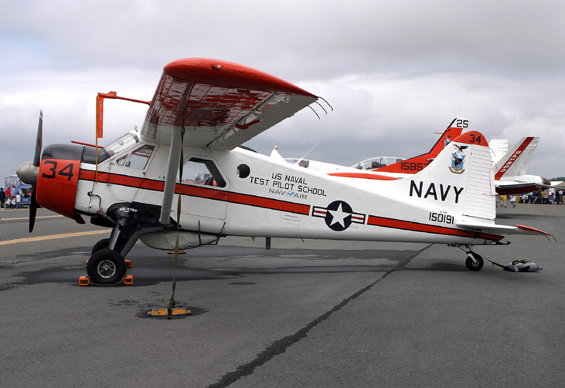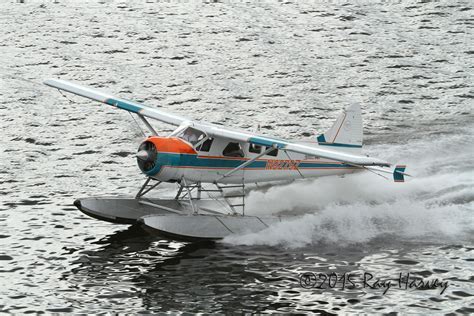Aircraft Information
> Aircraft Make: Cessna. Model: 172. Nickname: Skyhawk
> Aircraft Mil Civ Description: Airplane SE Piston
> FAA Category and Class: Airplane Single Engine Land (and Sea)
> Engine Description: Single piston
Aircraft Experience
> As of: 11/4/2024
> Number of Hours Flown: 205
> Number of Times Flown: 133
> Other Aircraft Models Associated: Many submodels of the C-172
First Flown Information
> Sequence First Flown: 7
> Date First Flown: 8/25/1981
> Location First Flown: Corpus Christi, TX
> Who and/or What Organization First Flown With: Not recorded.
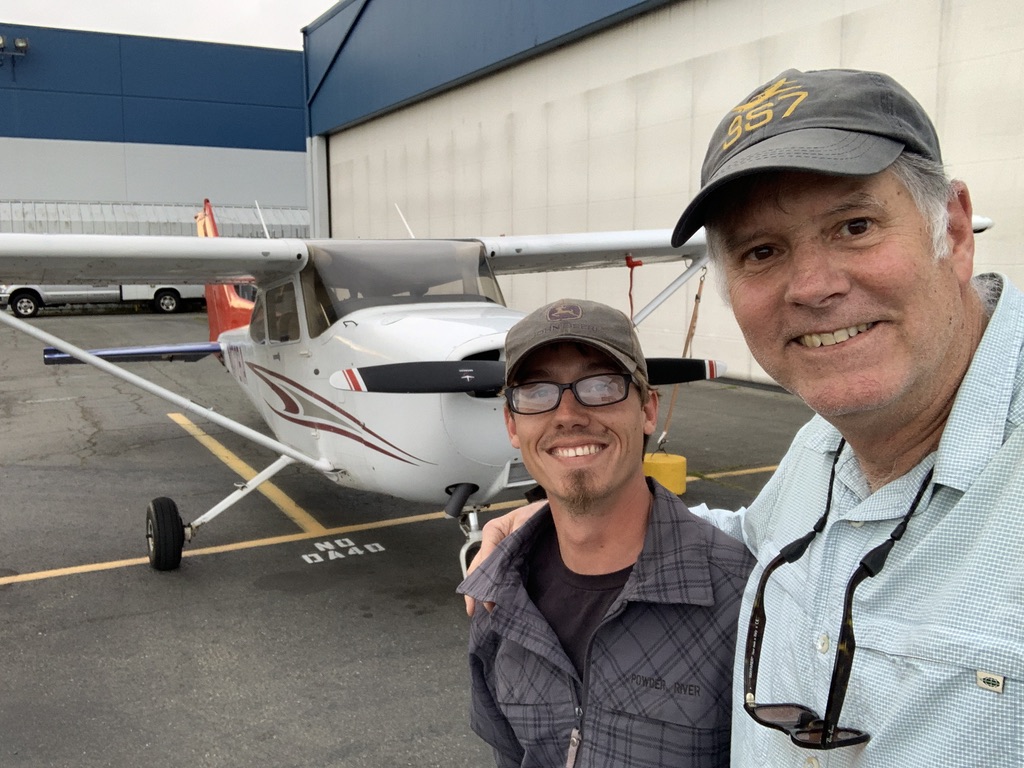
(c) Bob Stoney
Recollections: More C-172’s have been built than any other aircraft. Over 44,000 of them…and Cessna (Textron) is still building them.
The airplane is simple to operate, fun to fly, forgiving and has a reasonable payload (with care, you can take 2 passengers, maybe 3 if they’re not too heavy and go a reasonable distance).
I also flew the larger-engined T-41 (built for the US Air Force as a screener trainer and still in use by more than 12 militaries world-wide) a bit, in various Navy flying clubs. The extra 50 horsepower really helps.
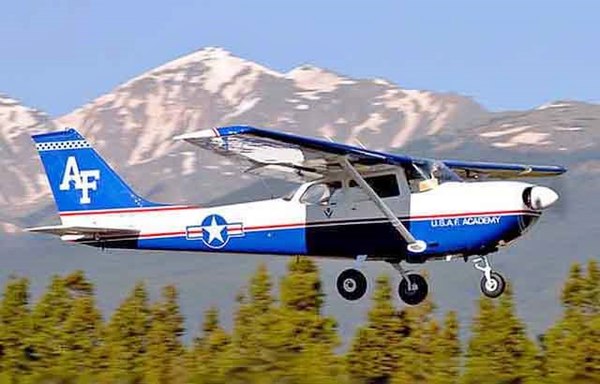
(c) wikipedia.org
